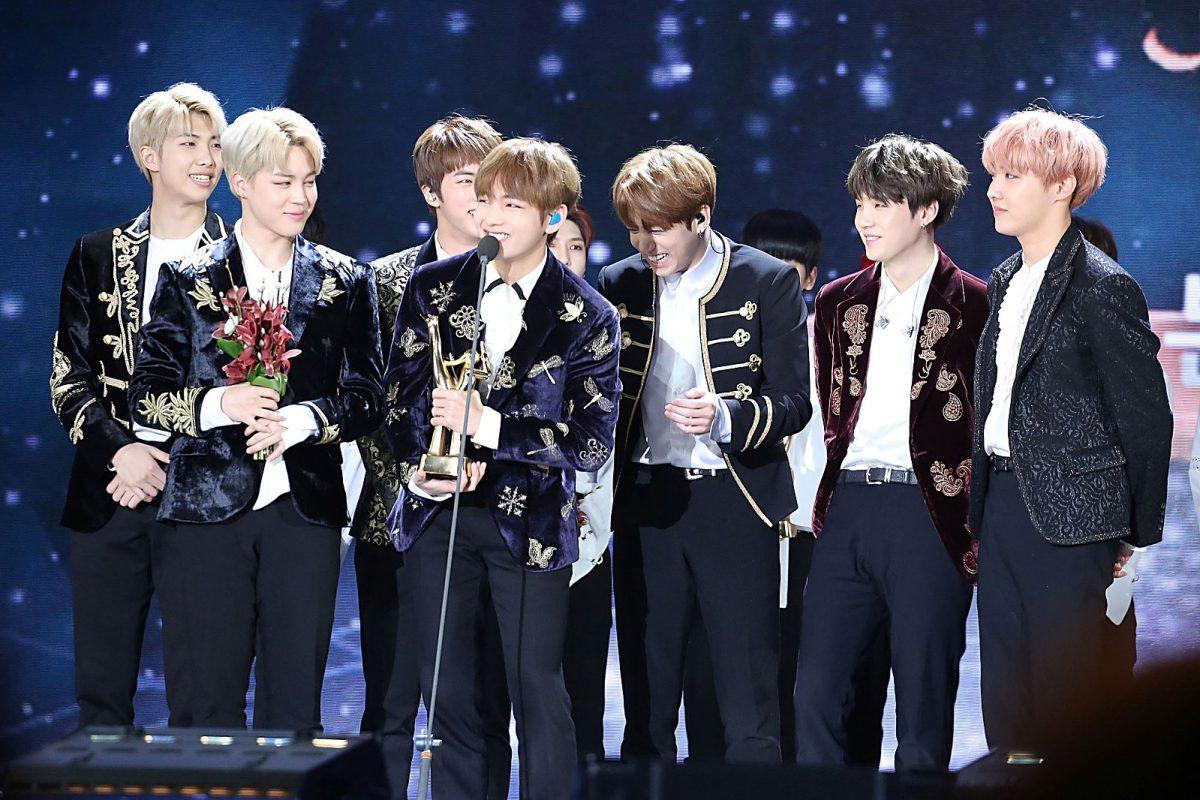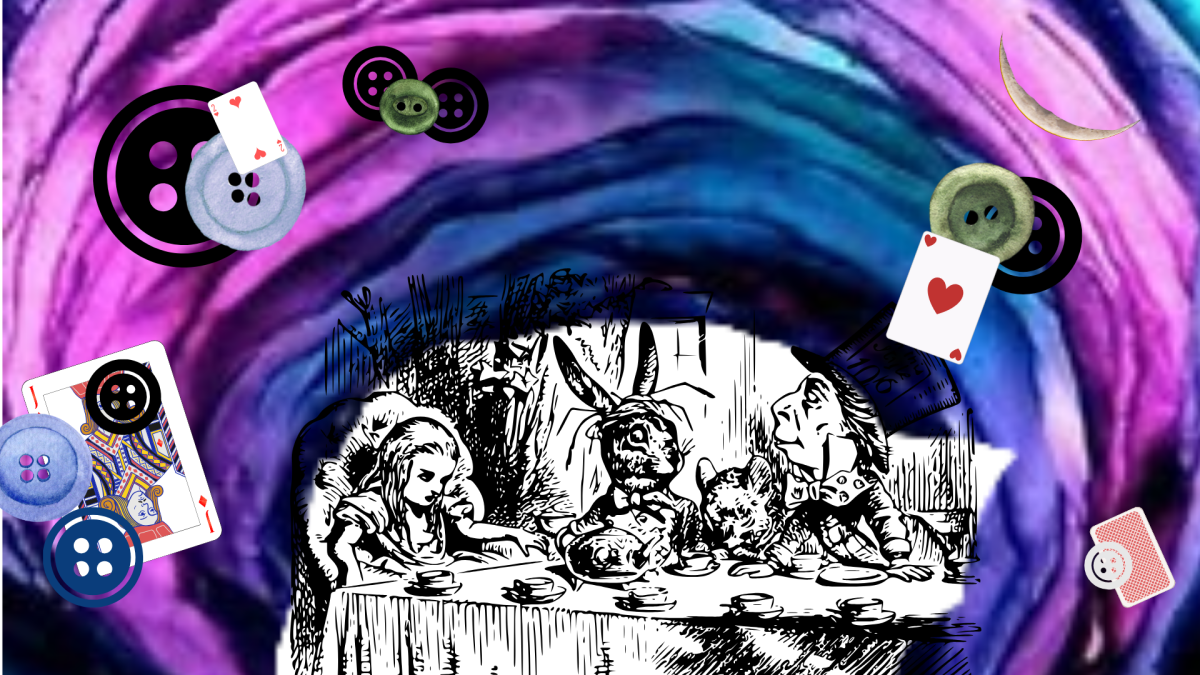With the critically acclaimed film “Parasite” winning multiple Oscars at the 2020 Academy Awards — including a historic best picture win — K-pop groups like BTS and TWICE releasing new chart-topping albums and Netflix’s $500 million investment in Korean content this year, it’s clear that Korean pop culture has been on everyone’s radar lately.
The rise of Korean pop culture, also known as the Korean wave or “hallyu” in Korean, originated in the late ‘90s, with the beginning of the Sixth Republic led by President Kim Young-sam. Despite a long-established history of censorship, the South Korean government began to export films and create government initiatives with the ministry of culture and tourism.
“They started providing a lot of public funding for cinema, music and internet infrastructure. South Korea’s broadband integration grew especially quickly, and I think their degree of integration in broadband internet is still higher than the United States,” said Matthew Howard, a Ph.D. student studying communication.
K-pop has dominated the global music scene since, with PSY’s “Gangnam Style” being the first music video on Youtube to reach 1 million views and the release of examples like the classic “Gee” by Girls Generation, TWICE’s “What is Love?” and the debut of the hit single “Dynamite” by BTS, the first K-pop group to ever top the U.S. Billboard 200 chart in 2018.
Pairing meticulous choreography with catchy hooks, intricate sets, visual appeal and killer social media strategy is what has made K-pop a truly global phenomenon. But beyond this approach is fulfilling the audience’s expectations.
“It’s interesting trying to get a sense for what Korean music does that resonates with particular understandings of what Korean-ness is and should be for those international audiences,” Howard said. “It’s similar to what Dal Young Jin wrote about really hurting the Korean cinema industry because when Korean cinema started to integrate more like sort of Hollywood models of film and started to do sort of like action movie kind of flakes, they were not very successful internationally because international audiences were expecting something that they could attribute as like inherently Korean to them.”
Perhaps more telling is the popularity of Korean television, more specifically Korean dramas. Known for their stunning cinematography, stellar production value and unique plots, K-dramas have become a sweet spot for many a binge-watcher, with fans eagerly awaiting English subtitles and even dubbed episodes on streaming sites like Viki, OnDemandKorea and mainstream platforms like Netflix and Hulu.
These K-dramas have gained traction not only for their charm but also for their consistency and clean ratings.
“As a whole, the Korean drama industry is always consistently putting out these wonderful, very cute and really beautiful, oftentimes I would say, whimsical romcoms,” Howard said. “I think that there’s something to be said for having a lot of stories out there that are like, ‘Yeah, we’re going to have fun and there are going to be some obvious tropes and we’re going to make sure that everybody who we want to get together at the end gets together at the end, and it’s going to be nice and cleanly packaged.’”
Whether or not you’ve had the opportunity to engage with Korean content recently, Korean pop culture is more popular than ever. I vetted a couple of my favorite Korean dramas on several factors, considering components like production value, rewatchability and characters.
Reply 1988: 2015
“Reply 1988” is one of South Korea’s most highly rated dramas, and for good reason. The 20-episode character-driven drama, set in 1988 Seoul, follows five childhood friends and their families, with an emphasis on themes like heartache, sacrifice and love. While cinematography isn’t the biggest priority, the retro setting and the inclusion of authentic books, movie posters, cassette tapes and other items create a nostalgic feel, a contrast to the flashbacks to present. This also lends itself to the rewatchability, with viewers being able to easily trace back specific events to episodes.
The most important part of a TV show is the characters, and everyone’s acting is superb, with three-dimensional characters and interactions between virtually everyone. This show is nothing short of a masterpiece, providing realistic life lessons amid complex family dynamics.
This show is accessible on Netflix, Apple TV and Viki.
Rating: 10/10
Weight Lifting Fairy Kim Bok Joo: 2016
“Weight Lifting Fairy Kim Bok Joo,” or “Weight Lifting Fairy” for short, is one of those shows that makes you kick your feet up and giggle like a love-struck idiot because it’s just that cute. The show centers around a weight-lifting college student pursuing her dreams and dealing with life’s challenges as well as unexpected love. Many K-dramas tend to have boring or predictable side couples, but I was invested in several of the more glossed-over characters, in addition to the main leads. Every character is relatable and genuine, helping to serve a healthy dose of comedy in every episode.
Korean dramas are known to be slow-burners, but I especially appreciated the friends-to-lovers aspect of the story, as it was realistic and fleshed out. The characters each had individual goals and motivations, and it was deeply rewarding to see their outcomes in the final episode. The production value is also well done, with an emphasis on lighting and saturation. While I haven’t watched the entire series again, I have watched specific episodes more than a couple of times, simply for the serotonin.
This show is available on Viki and Kocowa.
Rating: 9/10
Vincenzo: 2021
This drama is one of the newer Netflix originals, and it has mixed reviews. Starring Song Joong-ki — the star of the globally successful “Descendents of the Sun,” or DOTS, Vincenzo spans a lot of genres, as a dark comedy, crime, thriller and romance. The show centers around adopted Italian mafia lawyer Vincenzo Cassano visiting South Korea to enact revenge against a new rival.
Much of the mixed reception is from the plausibility of the events within the show but I never found it an issue myself. I enjoyed the hilarity of each episode, alongside the plentiful symbolism, cliffhangers and romance sprinkled throughout. The star-studded cast also helps, featuring Jeon-Yeo-been and veteran K-pop star Ok Taecyeon busting out their acting chops for a rollercoaster of emotions. While some of the characters could have been better expanded on, I loved how many of the elements seemed to seamlessly meld together, especially when it came to the final elimination of the show’s antagonists.
This show’s cinematography is beautiful, with low contrast and dark lighting, pretty landscapes and city views. While I have watched individual clips from the show on YouTube, I haven’t rewatched any of the specific episodes, simply because of how much each episode is intertwined with the others. While others might have been bored, I really enjoyed watching this show despite its issues, and if you have the patience, it’s definitely worth the time.
This show is only available on Netflix.
Rating: 7/10
Whether you’re a total stranger to Korean pop culture or you’re a dedicated K-pop stan, I think we can all agree that South Korea has been a huge influence on music, television and film in the last two decades.














